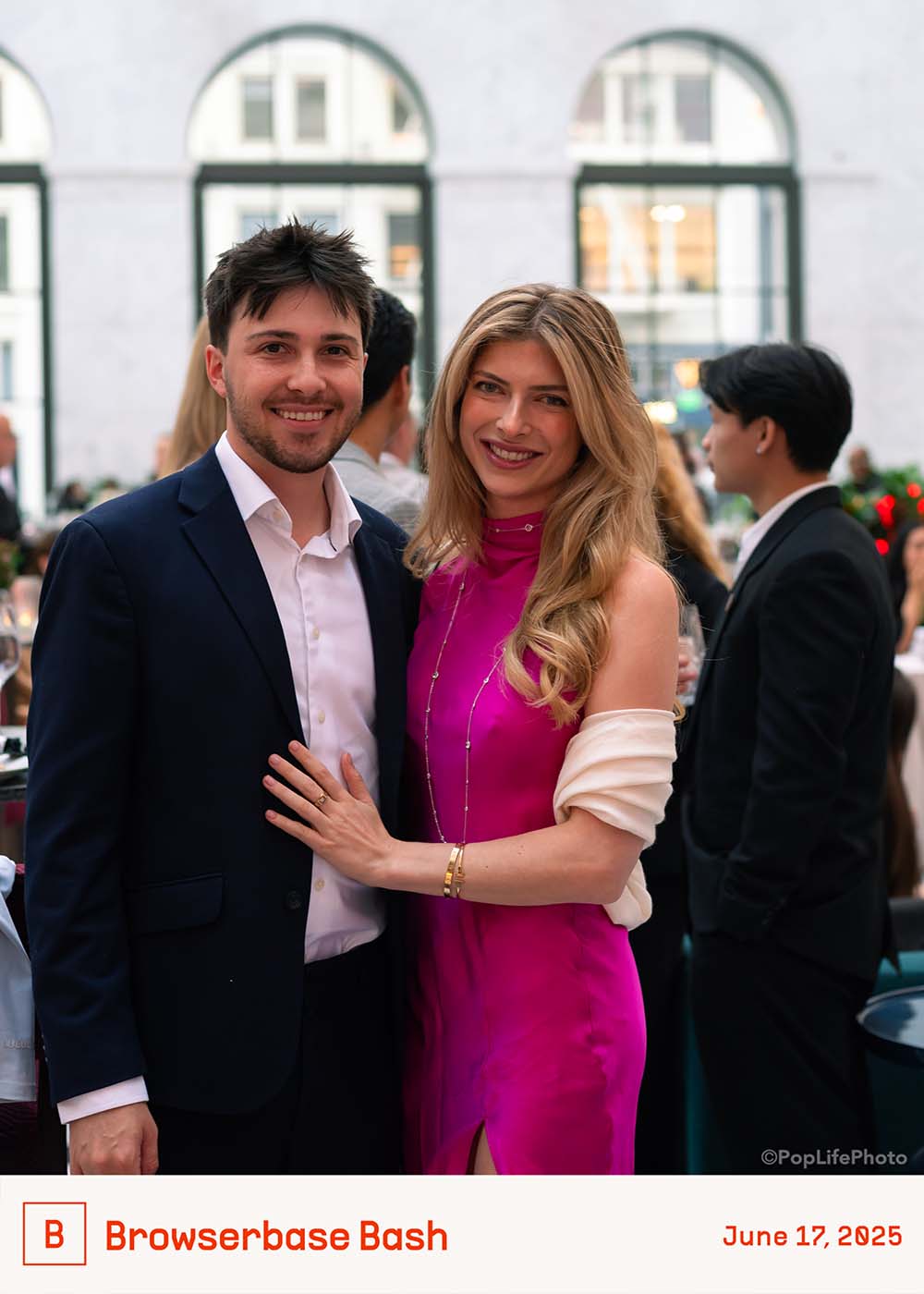In today’s fast-paced world of marketing, brands are always searching for innovative ways to connect with audiences, gather insights, and create memorable experiences. While traditional photo booths were once just about fun snapshots, modern digital photo booths have transformed into powerful data collection tools. With features like branded sharing, QR codes, lead forms, and real-time analytics, they’re no longer just entertainment they’re a marketing engine.
For marketing teams, this means more than just happy event guests. It means capturing valuable data, building stronger customer profiles, and maximizing event ROI. Let’s break down why photo booth data capture is such a game-changer.
1. Turning Fun Moments Into Leads
One of the most powerful aspects of photo booth data capture is its ability to convert entertainment into lead generation. Guests willingly provide their contact information—such as email, phone number, or social media handle in exchange for instant access to their photos. Unlike traditional lead forms that feel transactional, this feels fun and rewarding.
For marketing teams, this means:
-
Higher participation rates compared to surveys or cold outreach.
-
Opt-in contacts that are more likely to engage with your brand post-event.
-
A natural flow from event interaction to customer database.
Example: At a product launch, a photo booth can prompt users to enter their email to receive branded photos instantly. The result? A fun memory for the guest and a fresh lead for the marketing team.

2. Rich Audience Insights Beyond Basic Contact Info
Modern booths go beyond just names and emails. They can capture demographics, preferences, and behaviors in subtle, engaging ways.
Data types include:
-
Demographics: Age, gender, location (via opt-in forms).
-
Engagement patterns: Which backdrops, props, or filters guests use most.
-
Social sharing habits: Which platforms they prefer Instagram, TikTok, or email.
For marketing teams, these insights reveal who the audience really is and how they interact with your brand. This allows for smarter targeting in follow-up campaigns.
3. Boosting Social Media Engagement with Measurable Impact
Traditional event photos might stay on a phone’s camera roll, but digital photo booths drive instant social sharing. Guests can post branded images, GIFs, or videos straight to their accounts, amplifying reach organically.
Better yet, marketing teams can track:
-
Hashtag usage across platforms.
-
Share counts and impressions.
-
Engagement metrics like likes, comments, and shares.
This turns every guest into a micro-influencer and provides marketers with measurable campaign impact.
Example: A festival booth branded with a sponsor’s logo could generate thousands of impressions on Instagram stories within hours—data that would be impossible to capture with traditional event photography.
4. Seamless Integration with CRM and Marketing Tools
Data is only useful if it can be acted upon. That’s why many modern photo booth platforms integrate directly with CRM systems, email marketing platforms, and automation tools.
-
Leads can be sent straight to HubSpot, Salesforce, or Mailchimp.
-
Automated follow-ups (thank-you emails, promotions, surveys) can be triggered instantly.
-
Data syncing ensures no manual entry or lost opportunities.
This makes photo booth data capture not just a novelty but a serious marketing pipeline tool.

5. Strengthening Brand Loyalty Through Personalization
Personalization is the future of marketing—and photo booth data makes it easier. By analyzing user behavior and preferences, brands can create tailored follow-ups.
Examples:
-
Sending a special discount to guests who engaged with a particular product-themed backdrop.
-
Targeting users who preferred video/GIF content with more dynamic digital ads.
-
Inviting attendees to future events in their region.
These personalized touches show that the brand not only entertained but also listened—boosting loyalty and long-term engagement.
6. Measuring Event ROI with Hard Data
Marketing teams often struggle to prove event ROI. Photo booth data capture helps bridge that gap by providing tangible metrics, such as:
-
Number of leads captured.
-
Volume of social shares and impressions.
-
Engagement rates by booth feature (filters, backdrops, etc.).
Instead of just saying an event “felt successful,” teams can report concrete numbers that justify budgets and demonstrate value to stakeholders.’

7. Enhancing Sponsorship Value
If your brand is working with sponsors, photo booth data capture provides them with proof of engagement. Instead of vague impressions, sponsors receive:
-
Exact lead counts attributed to their branding.
-
Social media reach linked to their logos and hashtags.
-
Content libraries of branded user-generated photos.
This increases sponsorship appeal and can even generate additional revenue streams for event organizers.
8. GDPR & Privacy-Friendly Data Collection
With privacy laws becoming stricter, photo booths offer a compliant way to gather data. Opt-in consent is built into the process: guests choose to share their info in order to receive their photos.
Marketing teams benefit because:
-
Data collection is transparent and voluntary.
-
GDPR/CCPA compliance is easier to maintain.
-
Guests feel secure while engaging with the brand.
This balances fun with responsible marketing.
Conclusion
Photo booths have come a long way from simple party entertainment. Today, they’re strategic marketing tools that provide rich data, boost engagement, and deliver measurable ROI. For marketing teams, photo booth data capture is more than a novelty it’s a game-changer that transforms events into powerful lead-generating, brand-building experiences.
By leveraging this technology, businesses can walk away from every event with not just happy guests—but a stronger marketing pipeline, actionable insights, and a proven impact on growth.



